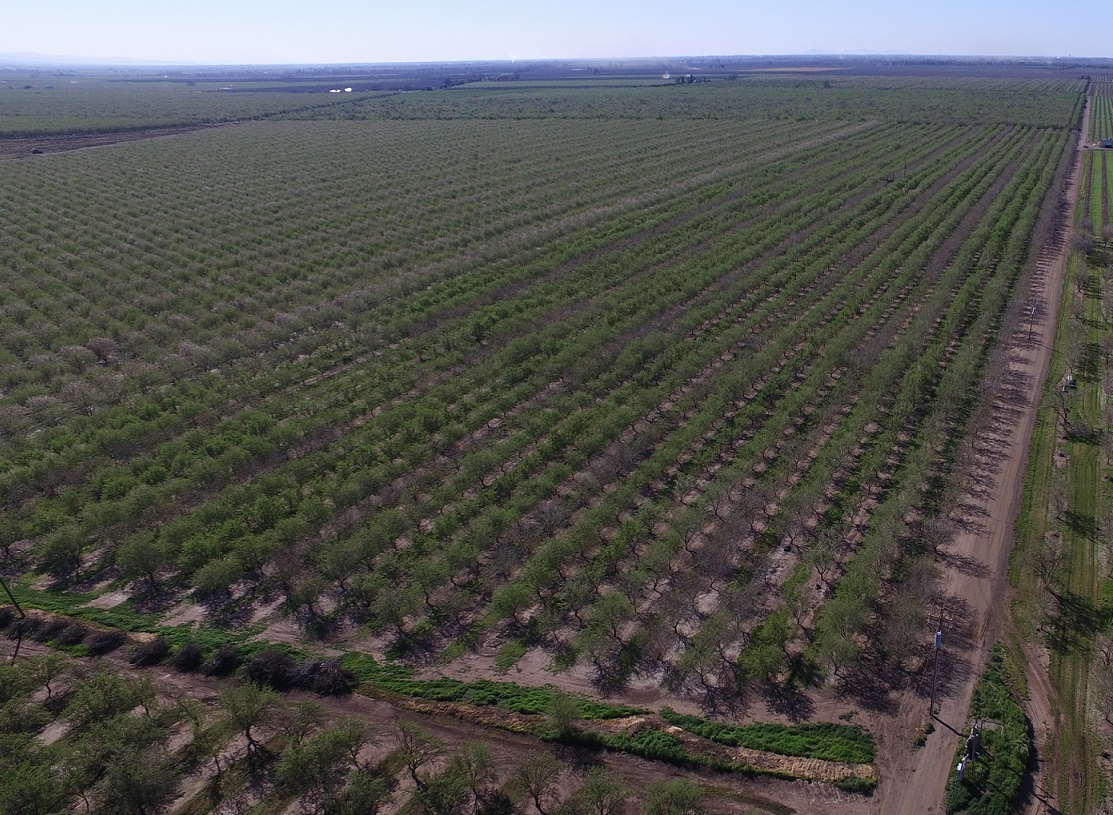- Joined
- Mar 30, 2011
- Messages
- 36,196
- Reaction score
- 16,147
- Location
- Glanaman,Carmarthenshire,Wales
- Hive Type
- National
- Number of Hives
- Too many - but not nearly enough
Wild pollinators in californian almond orchards dont stand a chance because they are not present. The almond growers kill them.

They want total control of pollinator populations as, in other part of the area they grow seedless oranges so, once the almods are pollinated they want shot of the bees so that they don't pollinate the oranges - If you read 'the beekeeper's lament' it mentions that orange growers are now suing beekeepers if there is a change of bees working the orange groves!!!!
Only in america.




